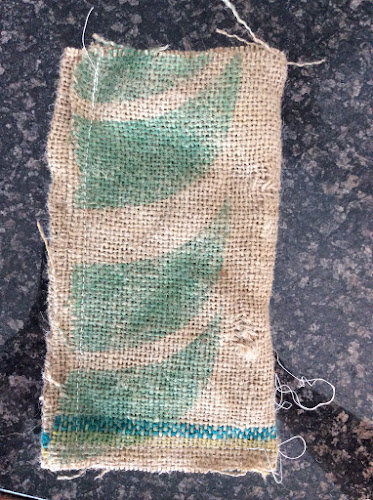Lately, I've been thinking about guilds. I've had plenty of time to research them and jot down ideas while I've been sick with a headcold the last several days. What's a guild you ask? It's something everyone has seen but maybe never noticed in detail. It's basically a micro ecosystem designed around plants. It's also a permaculture buzz word along with food forest, sustainable, and micro climate. Many people have done fantastic articles and video series on permaculture guilds. If you want an in depth look at all that jazz look up Geoff Lawton, check out the Permies forums and go from there.
But I like to keep things simple, and have found that I learn well by putting knowledge into my own words and taking notes. So, here is my little sketch of a guild.
Guilds occur in nature all by themselves and a forest, prairie, jungle, swamp are all just giant guilds. Permaculture backyard sized guilds consist of several different trees and plants working together in a mutually beneficial way. They require less outside input (water and fertilizer) and support beneficial insects and plants that outcompete the "bad bugs" (aphids, hornworms, etc) and undesirable weeds.
The main parts or layers, as I like to think of them, of a guild are these:
1. Tree Canopy
2. Tree Sub Canopy
3. Shrubs/Berries
4. Herbaceous/Insectors/Mulch
5. Ground Cover
6. Root Plants/Bulbs
7. Vines
8. Fungi
So, I'm going to pull from a list I'm working on to give an 8 part example to better illustrate the concept. A possible guild could be: 1. Oak Tree, 2. Japanese Maple Tree, 3. Gardenia, 4. Salvia, 5. Pothos, 6. Daffodils, 7. Honeysuckle, 8. Lichen.
Each plant in the example fits into the ecosystem as a whole and together they suppress weeds, create wildlife and insect habitat, conserve water by shading and covering the soil with dropped leaves and branches, and require similar light and soil and temperature conditions to grow. There are many many ways a tiny guild becomes its own ecosystem that is more self sufficient than a single plant by itself. Again I point to the expert Geoff Lawton for further instruction, and that's all I'll say in the way of explanation.
Why do I care about guilds? Because I bought two Dwarf Everbearing Black Mulberry bushes. Huh? My hobbies always start so innocuously :) So I've been on the hunt for a black mulberry bush/tree for about a year, but have not found any locally until Monday while I was at Lowes, of all places, browsing their selection of fruit bushes and trees. I had actually stopped in to look at Crape Myrtles which they didn't have. I usually find things I want when I'm not looking for them. So, I grabbed my two mulberry bushes and began considering where to put them. I wanted to do them in pots, but it gets so. stinking. hot. and sunny here that unless they are inside my house, potted plants tend to croak due to over heating and moisture loss or root rot during the rainy season. So, I knew I wanted to be able to walk all the way around the bushes wherever they ended up to make fruit harvest and pruning a breeze. This led me to the center on my backyard. And what is in the center-ish of my backyard? My Florida Prince Peach Tree (who is thriving and has a couple blossoms!!!) But would the berries and tree play nice together? I began to research. And I fell into days of reading about mutually beneficial plantings of trees, berries, herbs, vines and all the goodness of a food forest, but shrunken down into a tiny guild centered around one tree and the little bushes and plants to help support it. Like I said, it all begins so innocuously.
I emerged days later from my research and have sketched out a few different ideas for my peach/mulberry guild which are my two biggest concerns. I should also point out that the design HAS TO BE aesthetically pleasing in the overall landscape of my backyard and can't be left to its own devises like most natural food foresty type guild grow to look. They look wild people. Just wild. And my better half likes form more than function, beauty over utility, and sees beauty in clean lines and designated defined spaces. So I want my guilds (because I have now planned out three...cough, cough, Intervention please!) to be very structured and suburban landscape-ish.
The peach centric guilds with two different options (I'm leaning towards the second).
In the first photo, you can see that my bottlebrush tree told me he needs friends, and that I've caught a whim to purchase two banana trees because of fortuitous circumstances so they too will need a little tropical guild. I planned a second guild option for them also that I like better than the first.
Some of my considerations have been size, soil conditions, how they behave in my climate, ease and inexpensive of the plants, if they'll provide food, and what they'll bring to the landscape as a whole functionally and aesthetically. Basically, I've had lots of fun. I just LOVE the design phase.
Hopefully I'll be acquiring my banana trees tomorrow. It's pretty much tomorrow or never because of circumstances, so here's hoping!









































